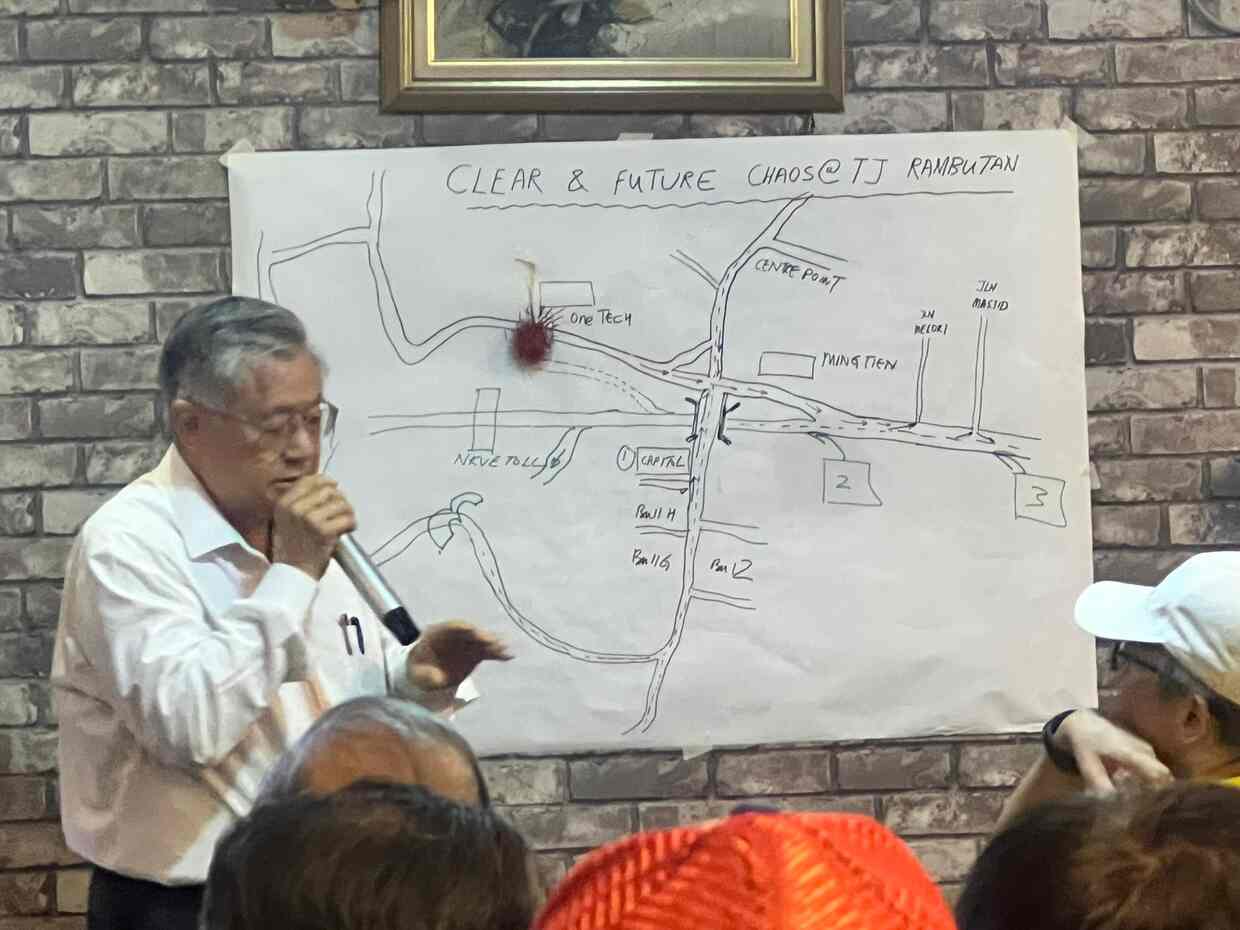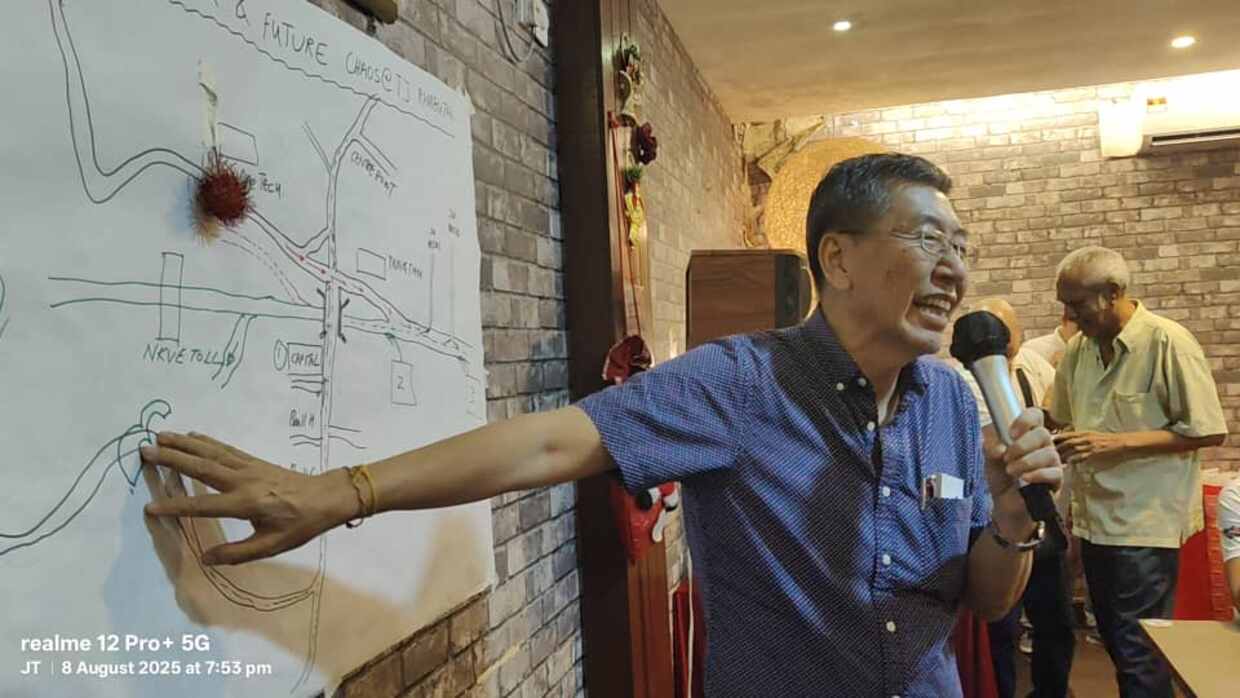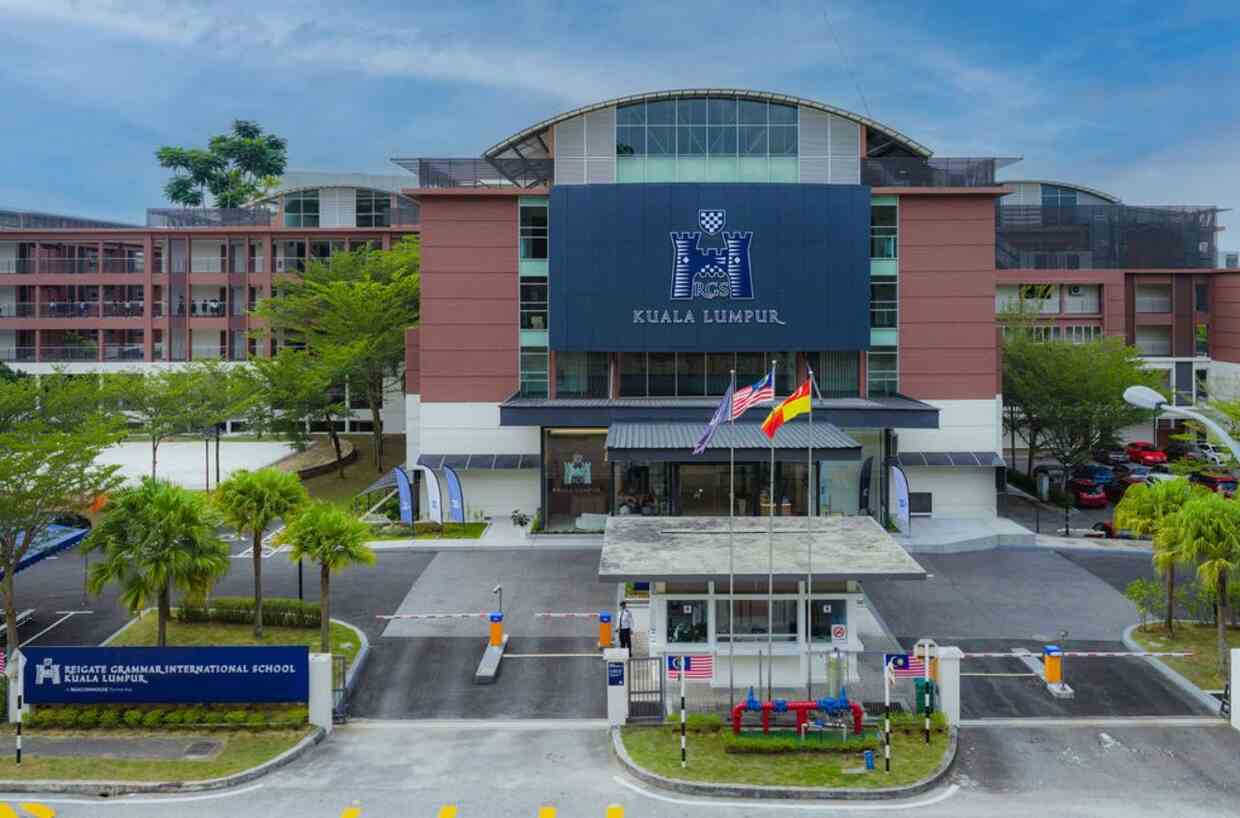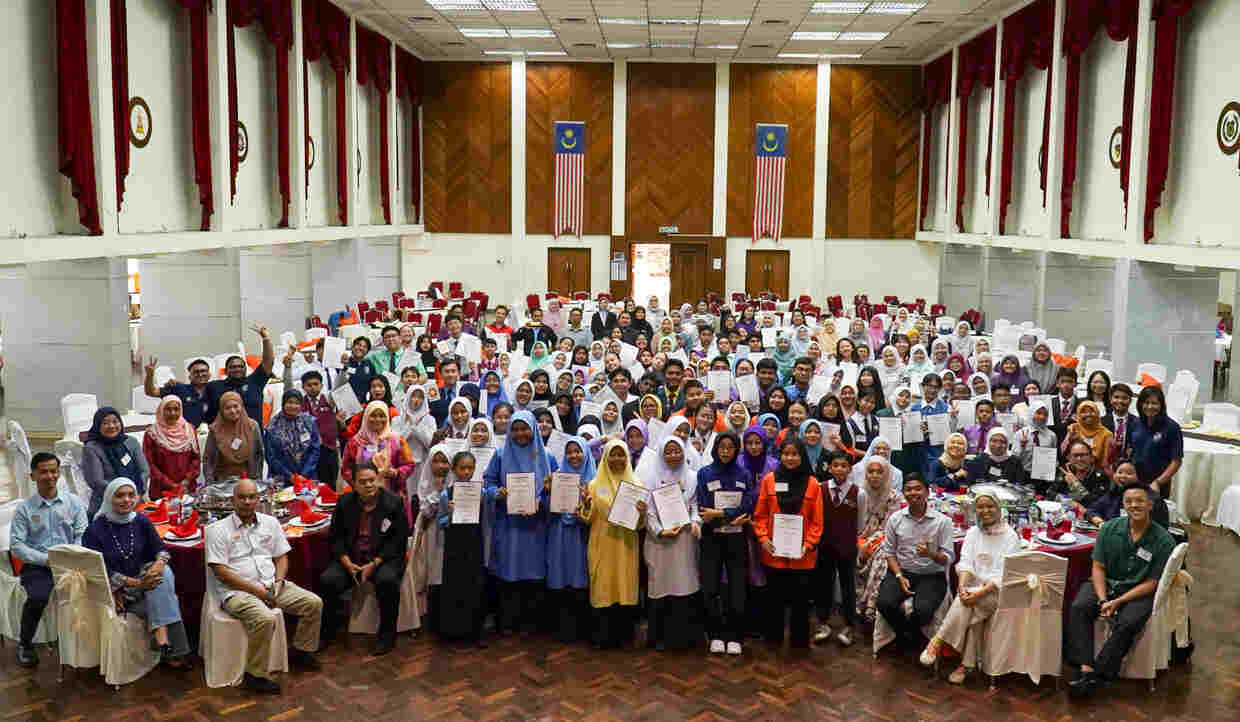At the Bandar Utama town hall on 24 July 2025, community leader Tan Sri CK Teo reminded attendees—many from neighbouring Tropicana—that Bandar Utama’s voice is an essential part of the conversation on the Jalan Tanjung closure. He revisited the 2009 NKVE Bypass proposal via Jalan Tanjung, a plan once approved by the late Selangor Menteri Besar Tan Sri Khalid Ibrahim and supported by BU residents with RM1 million in contributions. The bypass was designed to provide a direct link from Jalan Tanjung to the North Klang Valley Expressway (NKVE) and SPRINT Highway, easing congestion while meeting legal and planning requirements.

The closure of Jalan Tanjung on 25 July, following the Court of Appeal’s ruling on 28 May, has reignited interest in the bypass as a balanced, win-win option. It is now being seen as a viable solution to connect Tropicana directly to major highways without burdening Bandar Utama’s internal roads. The revival of this plan reflects a willingness among BU residents to engage in cooperative, forward-looking traffic planning rather than prolonged disputes.
Strong community support for sustainable traffic measures
On 8 August, about 150 Bandar Utama residents gathered at Ming Tien Emporium Makan to express a united stance on the closure and future traffic management. Participants voiced clear support for keeping Jalan Tanjung permanently closed, citing improved traffic flow and safety since the shutdown. At the same time, residents advocated for a range of evidence-based improvements—better traffic light coordination along Persiaran Surian and NKVE exits, construction of a direct NKVE ramp for Tropicana, and enhanced public transport connectivity for the wider area.

The proposals aim to balance local safety concerns with the need for regional mobility. The NKVE Bypass, in particular, remains central to the discussion as it offers a way to reduce congestion across multiple routes while avoiding further strain on Bandar Utama’s 12 neighbourhoods and its growing high-rise population.
Towards balanced urban planning
Bandar Utama, home to about 100,000 residents, has a long history of active engagement in traffic and infrastructure matters. However, community members say their concerns have sometimes been overshadowed by louder voices from neighbouring areas. The recent gatherings and town halls signal a renewed determination to ensure BU’s lived realities are factored into future decisions.

With the Petaling Jaya City Council (MBPJ) and Malaysian Highway Authority now conducting a Traffic Impact Assessment, residents are optimistic that data-driven planning will guide the next steps. For many, the smoother traffic observed since the closure is evidence that careful planning and enforcement can yield real benefits.
The consensus emerging from recent discussions is clear: long-term solutions must respect local histories, prioritise safety, and foster cooperation among all affected communities—paving the way for smarter, more sustainable transport networks in Petaling Jaya.












Add comment